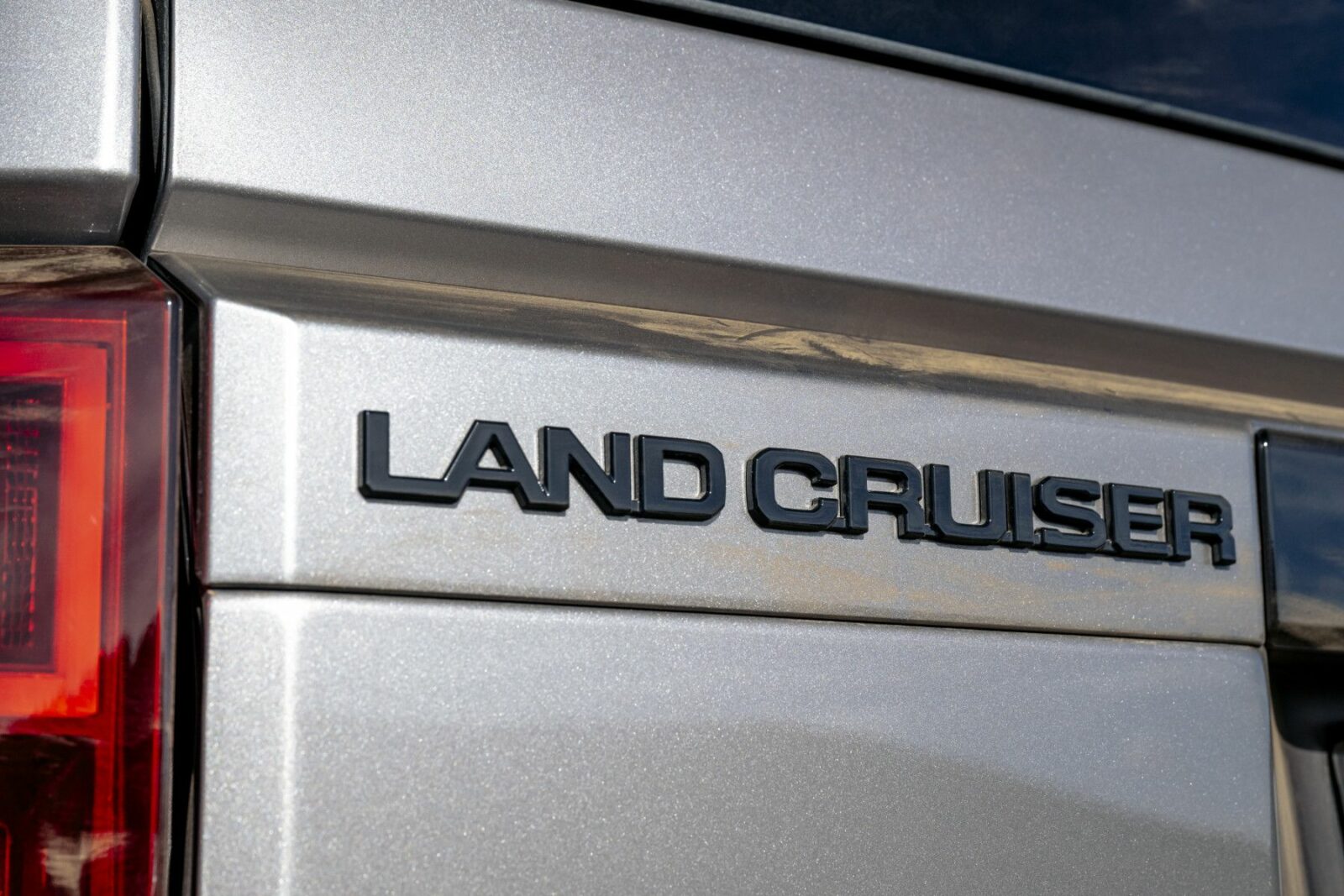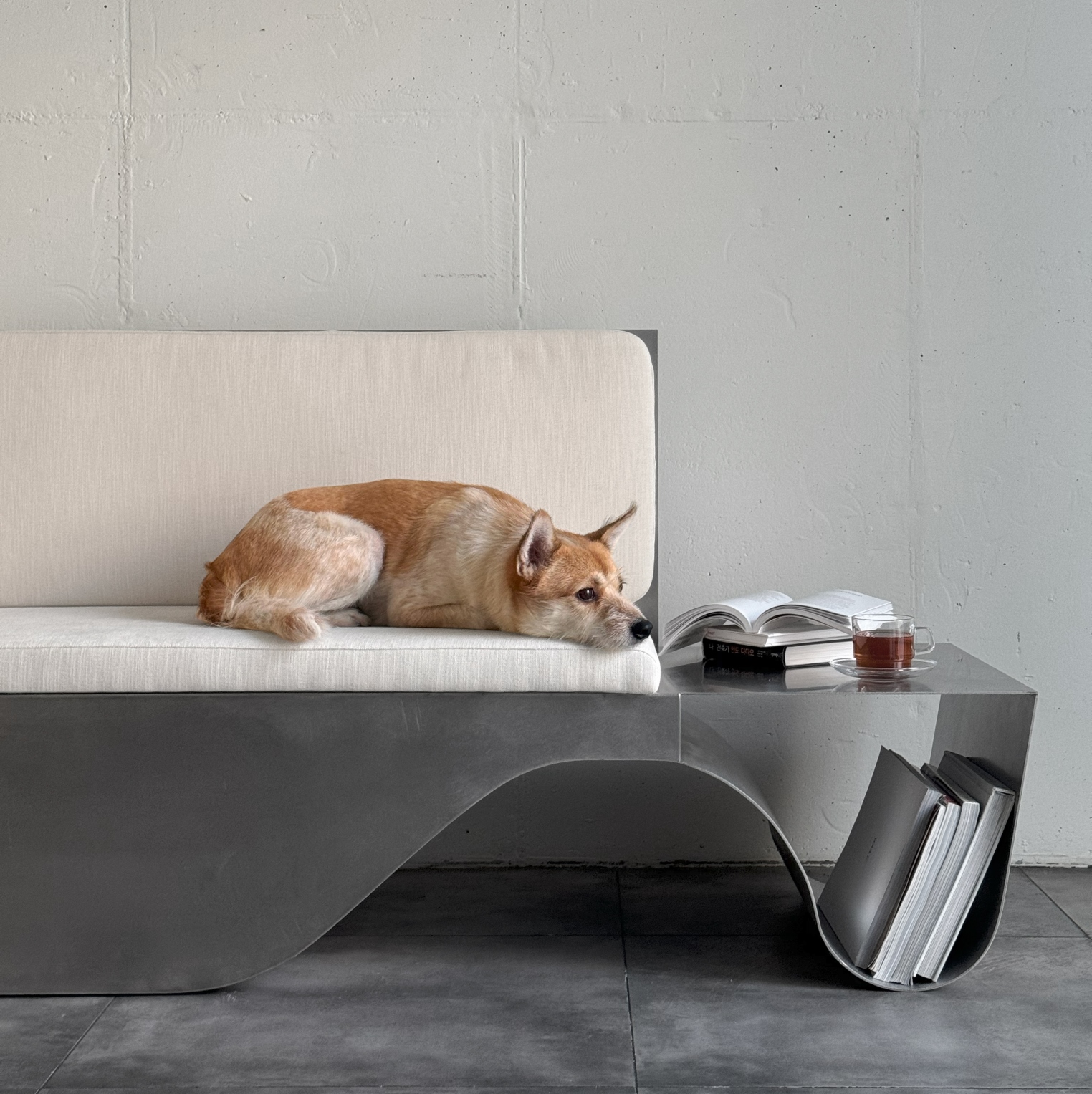Header: Courtesy of Toyota
The Land Cruiser enters its next phase with the introduction of a mild hybrid system, marking the first time the model has adopted an electrified drivetrain. Set to launch in late 2024, the new Land Cruiser Hybrid 48V took the vehicle’s existing 2.8-litre diesel engine and eight-speed automatic transmission and added an electric motor-generator, a compact lithium-ion battery, and a power converter designed to manage energy flow.
Toyota’s hybrid system allows for a smoother experience in both urban and off-road conditions, without affecting the Land Cruiser’s ability to handle rugged terrain. The electric components have been added in a way that preserves key off-road capabilities, including a wading depth of up to 700 mm.
The new model uses a body-on-frame construction, now based on Toyota’s latest global architecture platform, which allows for greater structural rigidity while also improving on-road handling. The exterior design boasts a modern form with references to earlier Land Cruiser models, but the detailing was secondary to the mechanical updates.
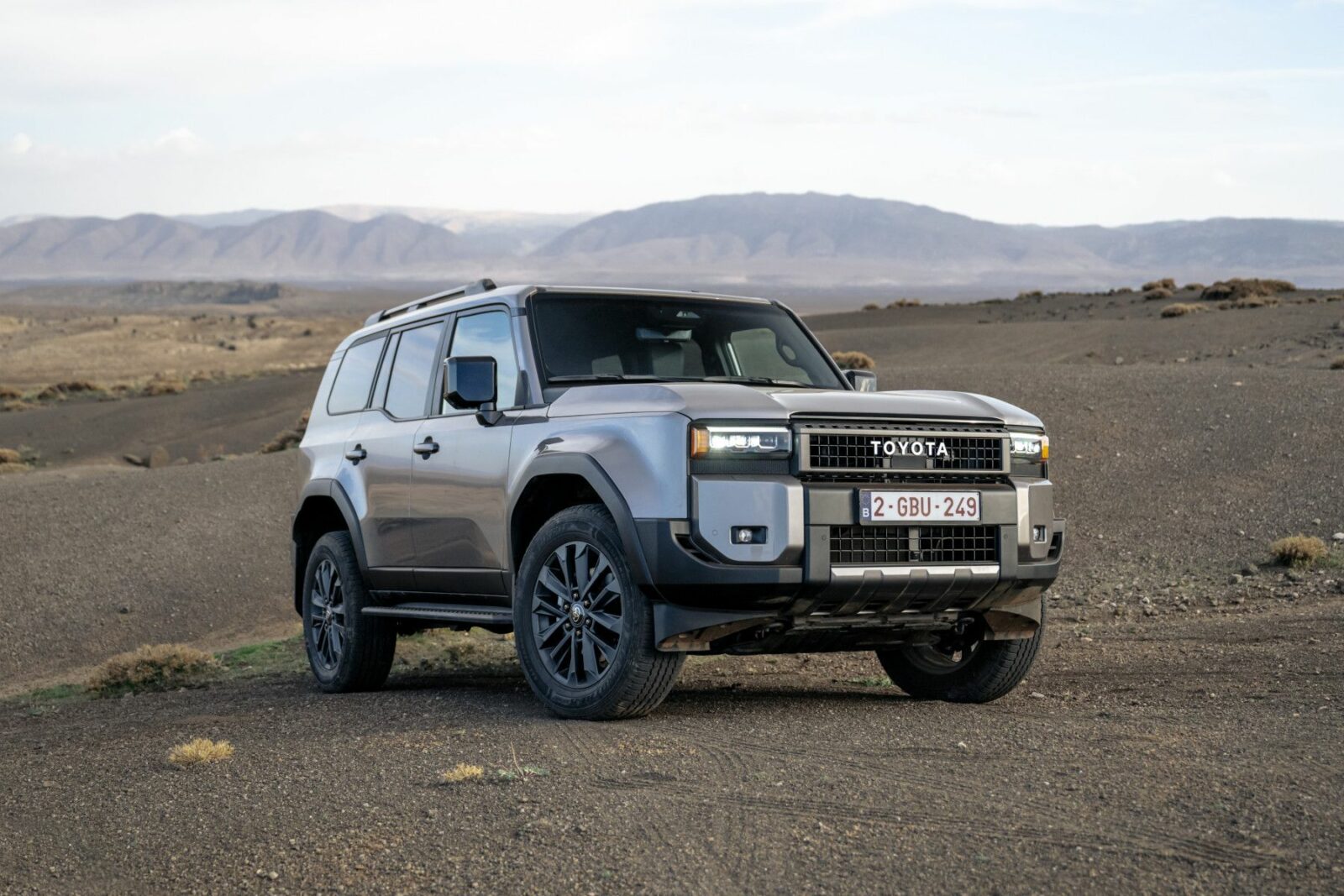
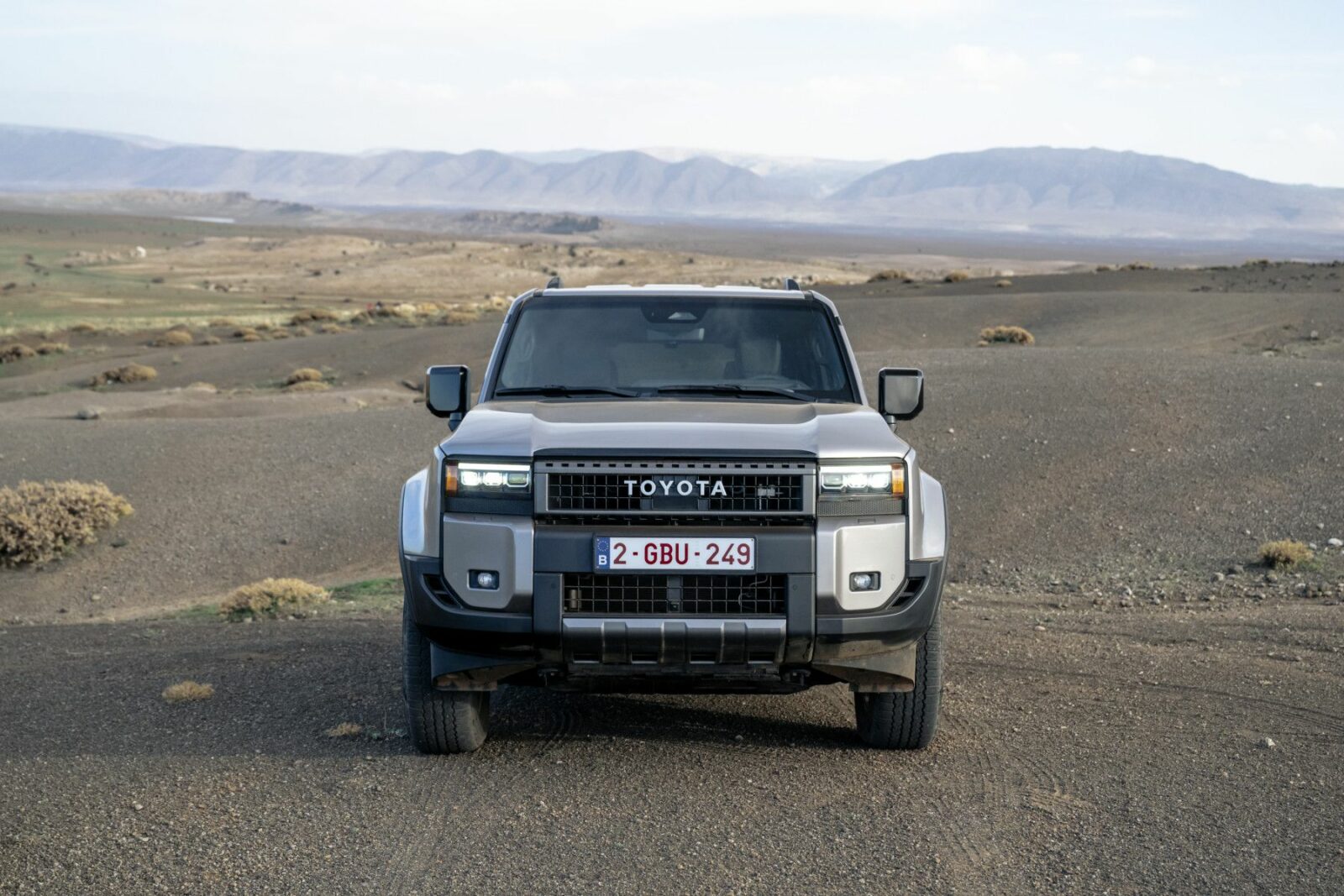
Mild hybrid integration
The 48V system introduced here is a mild hybrid setup, which differs from Toyota’s complete hybrid systems in size and complexity. It’s compact enough to be installed without a complete redesign of the powertrain and has already been added to other vehicles in Toyota’s range, including the Hilux.
At its core, the system includes three new components: an electric motor-generator in place of a traditional alternator, a 48V lithium-ion battery, and a DC-DC converter. The converter is responsible for managing voltage and distributing power between the battery and the motor, while the motor-generator supports both power delivery and regenerative braking.
In practice, this setup doesn’t alter how the vehicle drives through rugged terrain. The motor-generator is mounted high on the engine to avoid water ingress, allowing the car to wade through the same depths as before.
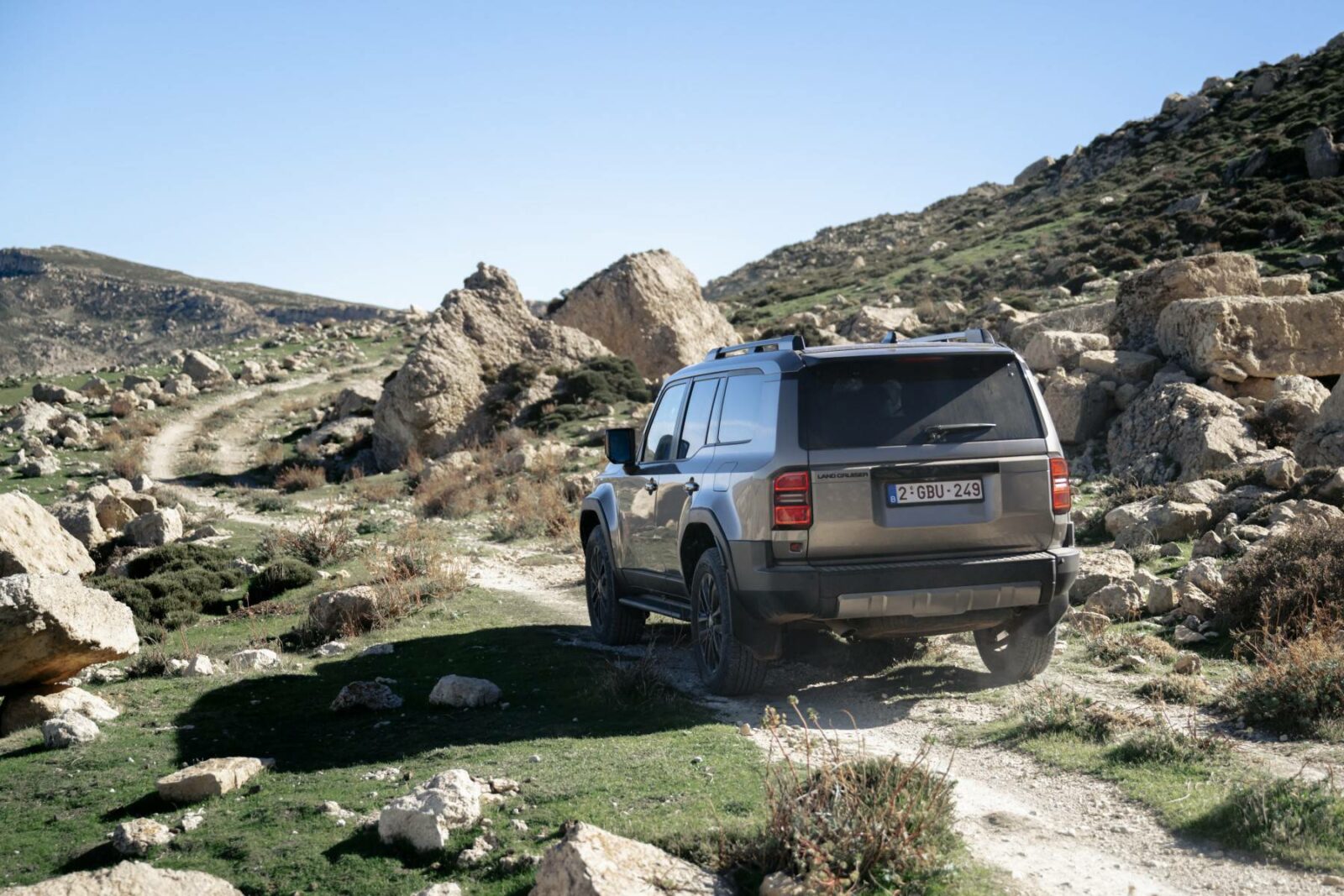
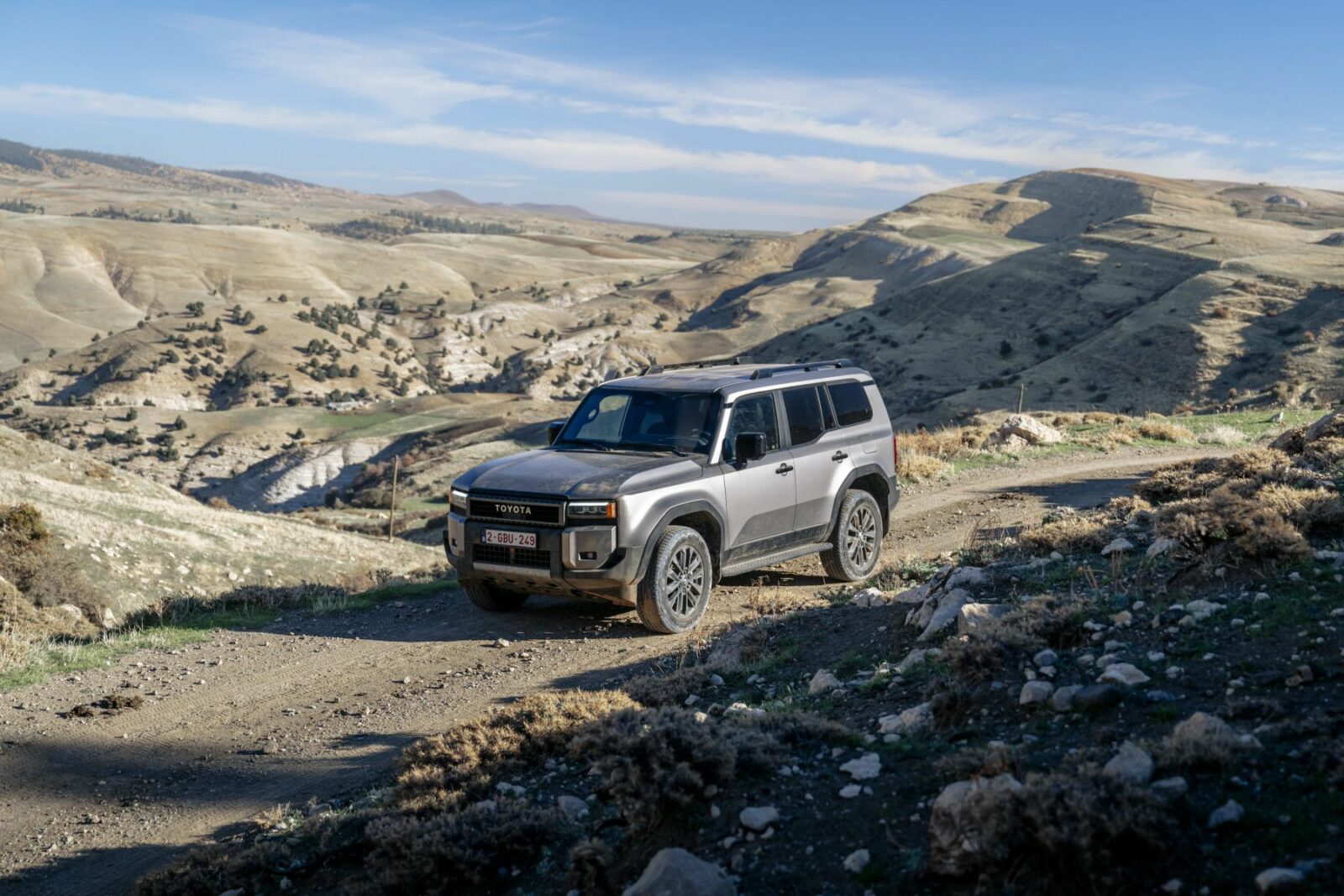
Electric motor-generator
The motor-generator is a permanent magnet synchronous type unit, which is driven by the engine and in turn charges the hybrid battery. It also supports acceleration and engine restart, providing additional torque at low speeds and helping to recover energy during deceleration.
By capturing energy each time the vehicle slows, the system contributes to engine stop-start functions and reduces fuel loss during idling. Acceleration and deceleration are more gradual than in conventional systems, and the transition between power sources is calibrated for consistency rather than sharp response.
On the road, these adjustments result in less mechanical shock and quieter running. Off-road, the motor-generator adds torque when required, particularly at low speeds or when overcoming ground obstacles. A driver display shows the current system status, including charging, eco-driving, or active power support.
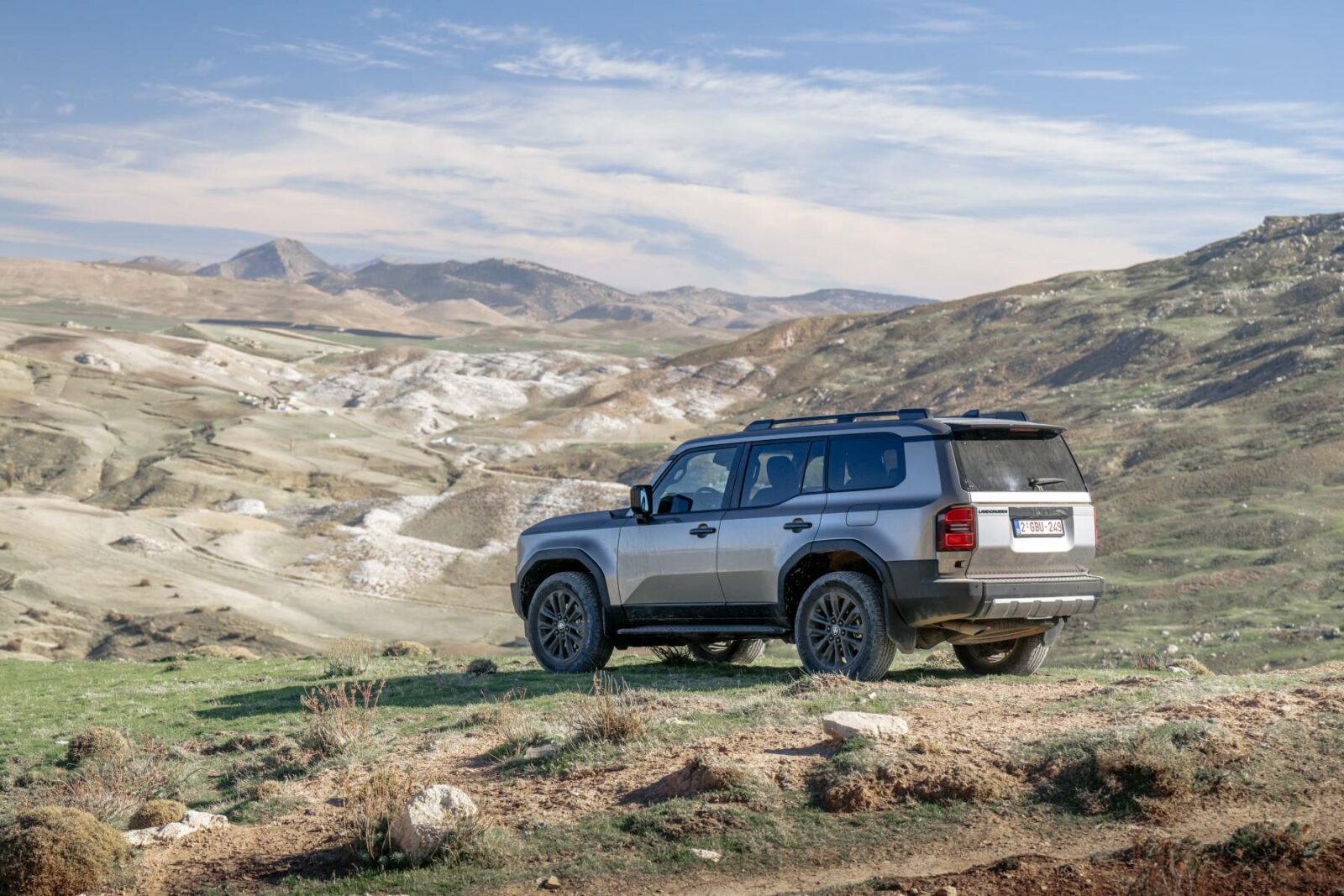

Stop-start function
The stop-start function has been refined to make the driving experience quieter and steadier, particularly in traffic or low-speed conditions. Because the motor-generator is always engaged, engine restarts are faster and require less intervention.
The system allows two settings: NORMAL and LONG. The LONG setting extends idle-stop time when the air conditioning is in use. On inclines, a temporary delay between restart and torque delivery is offset by a built-in brake hold function, preventing the vehicle from rolling before sufficient power is available. On level surfaces, torque delivery is moderated to avoid sudden movement.
Fuel injection has also been adjusted to maintain a balance between responsiveness and vibration, supporting a smoother start without excessive engine noise or abrupt acceleration.

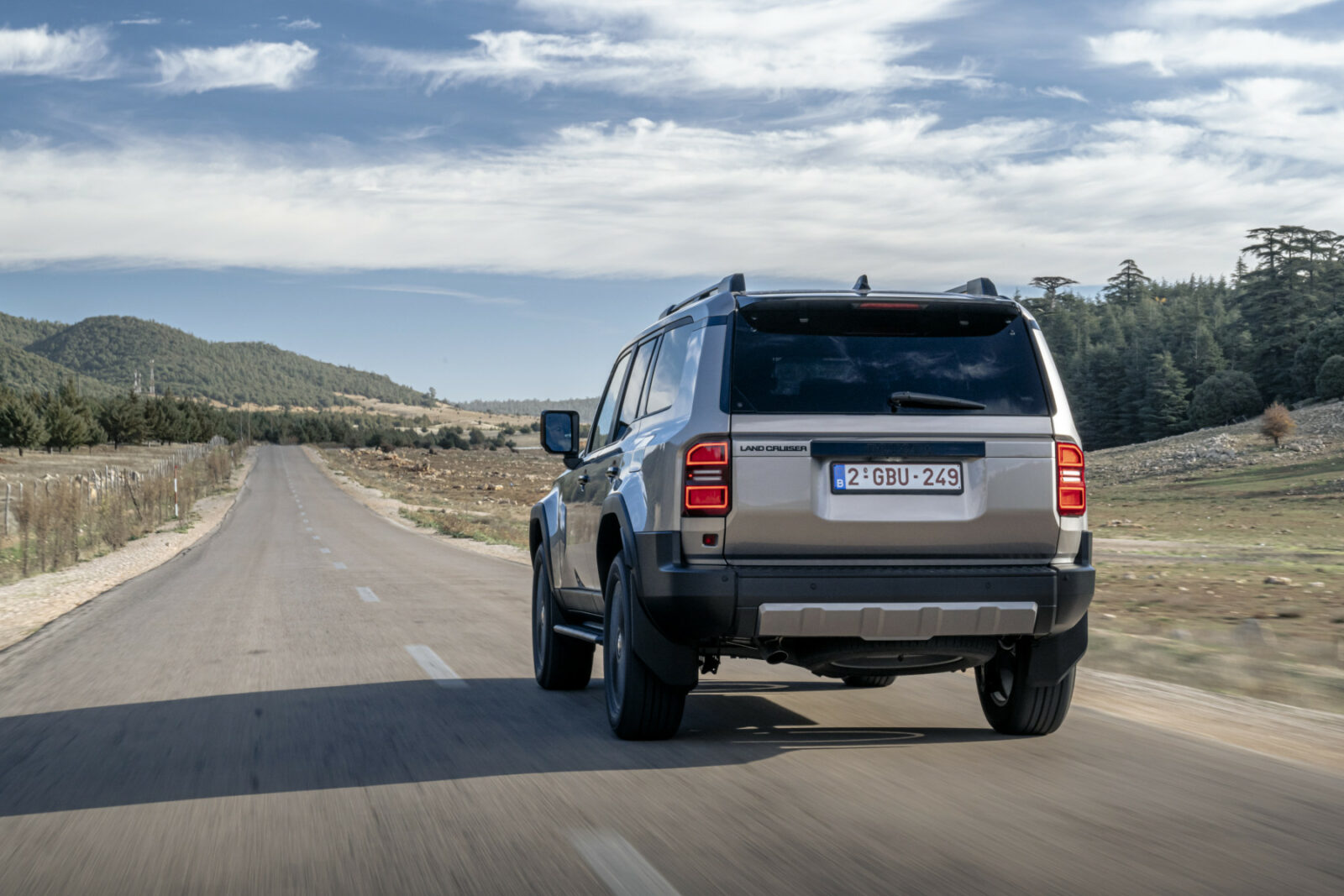
Battery and cooling
The 48V lithium-ion battery, consisting of 13 cells and weighing 7.6 kg, was secured beneath the rear deck to minimise the amount of space it takes in the vehicle. At full charge, it can provide up to 12 kW of additional power and 65 Nm of torque during start-off.
The battery and DC-DC converter are enclosed and sealed to prevent water or dust from entering, and they also have a separate cooling path that draws in air from the front of the vehicle. This allows the system to operate at lower temperatures than cabin air alone would allow.
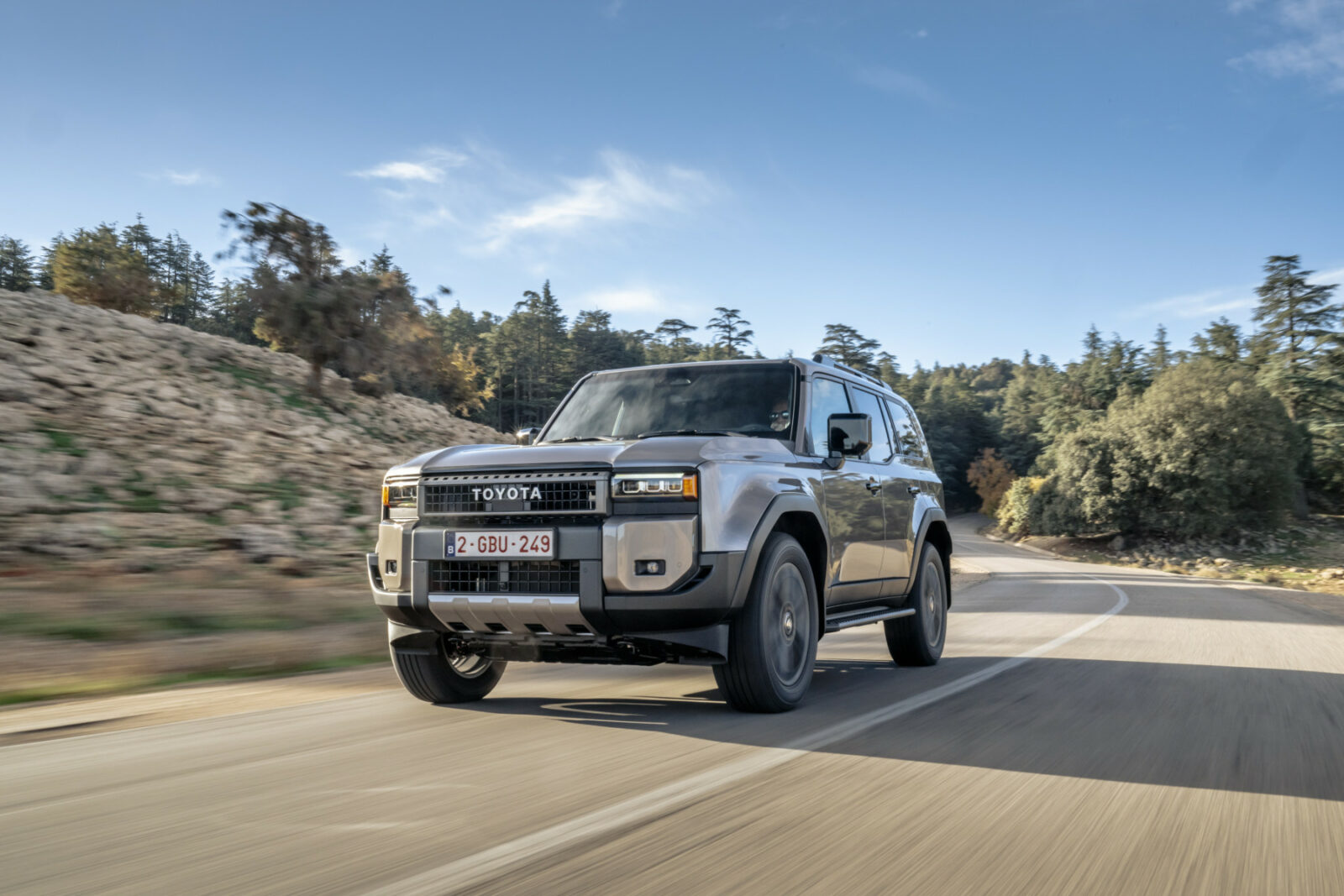
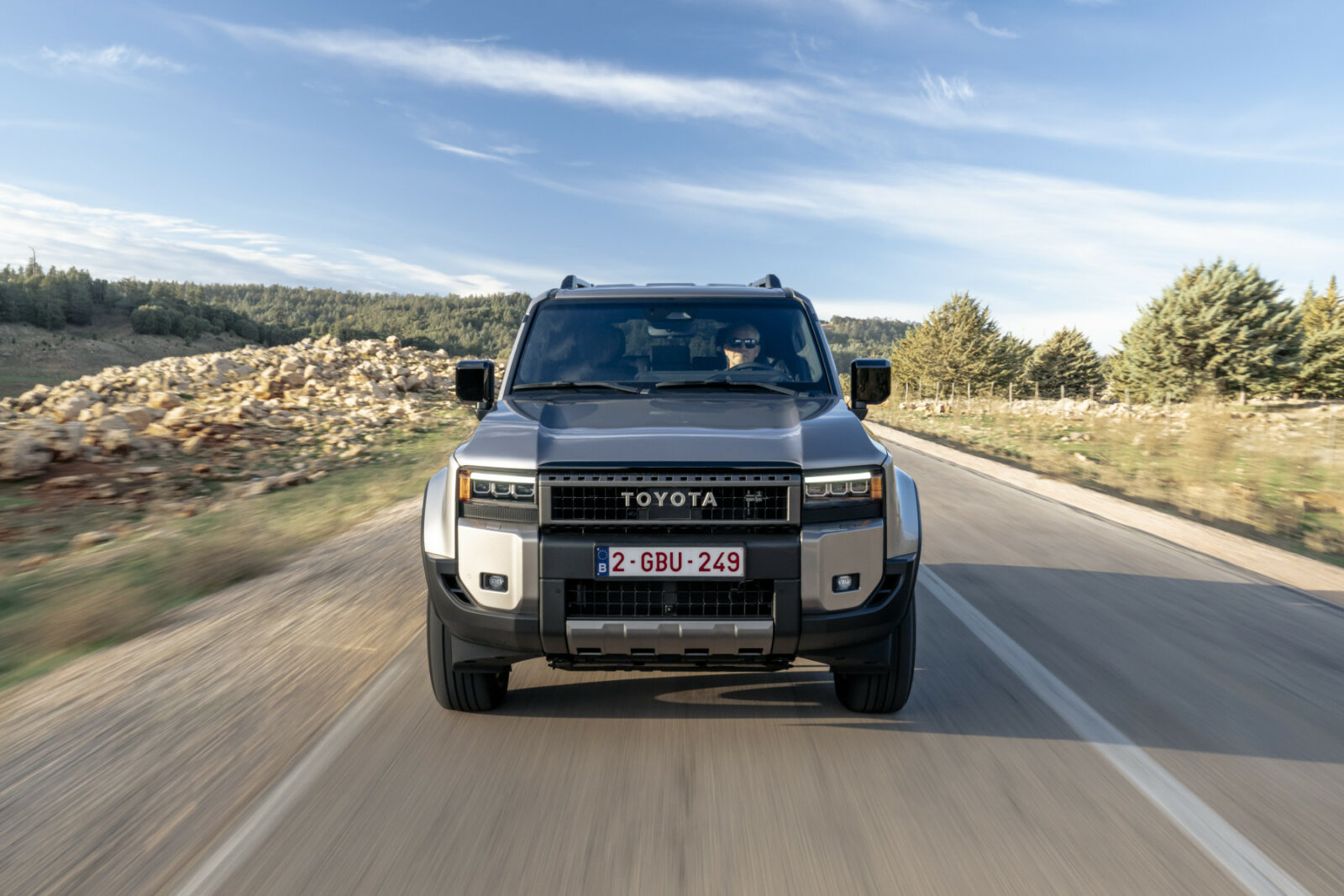
Belt tensioner and material design
A two-arm belt tensioner manages the connection between the motor-generator and the engine, having been designed specifically for diesel use and off-road loads. It ensures the correct belt tension during power generation and engine restart while also contributing to noise and vibration control.
The belt itself is reinforced with a cotton fabric layer that absorbs water and maintains friction even when wet. An aramid core, a high-strength synthetic material, increases durability during repeated tension cycles, especially when switching between drive and generation modes.
Additional design features, such as rubber bushes and stoppers within the tensioner arms, help reduce vibration and prevent particles like dust or grit from interfering with moving parts, supporting long-term performance in rough conditions.
